
English Instructional Plan Developing Thesis Statements 6-8
- Subject:
- English
- Writing
- Material Type:
- Lesson Plan
- Author:
- VDOE Project Team
- Date Added:
- 04/22/2022

English Instructional Plan Developing Thesis Statements 6-8

Technological advances, breakthroughs in interpretation, and new observations continuously refine our understanding of the Earth and solar system. The invention of the telescope provided powerful and confounding observations that rapidly challenged the Earth-centered model. Students will investigate how technology has impacted innovations in other fields like astronomy and advanced our knowledge of the solar system substantially in the last half century.

Determine the dew point temperature for your classroom through a hands-on experiment. Use humidity and temperature probes to investigate the temperature at which it would rain in your classroom! Learn about water density and the conditions necessary to produce fog or rain.
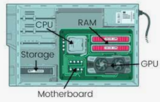
This activity will have students exploring the inside of a computer and creating a diagram or model.
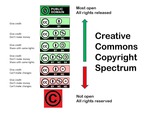
These public domain images are helpful when trying to explain how Creative Commons works, from the least restrictive (public domain) to the most restricitive (all rights reserved, or traditional copyright).

This is a google slides mini lesson on diameter and radius of a circle. The first slide consists of a definition of a diameter and radius. Students will discuss and realize the difference between the two. Then they will make a text box for the answer. They will type the answer in the text box, then complete the slides.
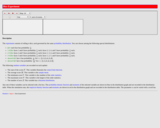
This resource consists of a Java applet and expository text. The applet simulates rolling n dice. The random variables of interest are the sum of the scores, the maximum score, the minimum score, and the number of aces. The number of dice and the probability distribution that governs the dice can be specified. The applet illustrates various distributions and the central limit theorem.

How to use this activity: You need a set of dice for each team or each individual if you are playing it individually. The forms provided here are completely modifiable to fit your needs. SEE Additional comments
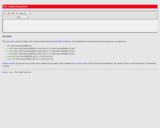
This resource consists of a Java applet and expository text. The applet simulates the rolling of n dice. The number of dice and the probability distribution that governs the dice can be specified.

In this lesson, students will increase their skills in both life science and computer science as they create their own dichotomous keys. By gathering a collection of items, they will learn how to use compound conditionals and if-statements to construct a dichotomous key that allows their classmates to identify their items accurately. This exercise encourages students to explore the life sciences and helps them develop critical thinking and programming skills necessary in computer science.
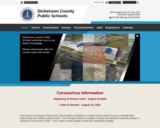
Links to Fall 2020 reopening plans and information
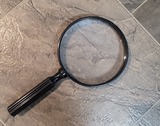
Students will use a Children's Dictionary to answer questions and search for meanings of unfamiliar words.
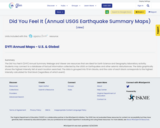
The Did You Feel It (DYFI) Annual Summary Webage and Viewer are resources that are ideal for Earth Science and Geography laboratiory activitiy.
Students may connect to a database of factual information collected by the USGS on Earthquakes and other seismic disturbances.
The data graphically shows the highest intensity felt at each location searched. The data is grouped into 10 km blocks, and the color of each block corresponds to the highest intensity calculated for that block (regardless of which event).

The best of the worst,and the most common misconceptions/mistakes the teacher has seen in her students classwork are used as a means of getting the students to de-bug and find where the solution went off track. Meaningful discussions occur and can be really insightful for teacher if no one can spot the issues! This is adaptable to whatever type of computational problems the teacher is teaching at the time
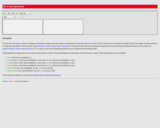
This resource consists of a Java applet and expository text. The applet simulates the experiment of rolling a die and then tossing a coin the number of times shown on the die. The die distribution and the probability of heads can be specified. The applet illustrates a two-stage experiment.
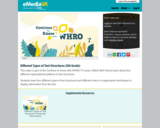
This video is part of the Continue to Know with WHRO TV series. Watch Beth Eanes teach about four different organizational patterns in text structures.

English Instructional Plan-Differentiate Between Formal and Informal Language

Students will discriminate pictures from writing.
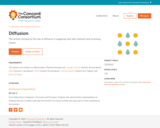
This activity introduces the role of diffusion in supplying cells with nutrients and removing wastes.
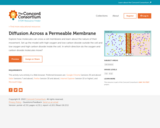
Explore how molecules can cross a cell membrane and learn about the nature of their movement. Set up the model with high oxygen and low carbon dioxide outside the cell and low oxygen and high carbon dioxide inside the cell. In which direction do the oxygen and carbon dioxide molecules move?